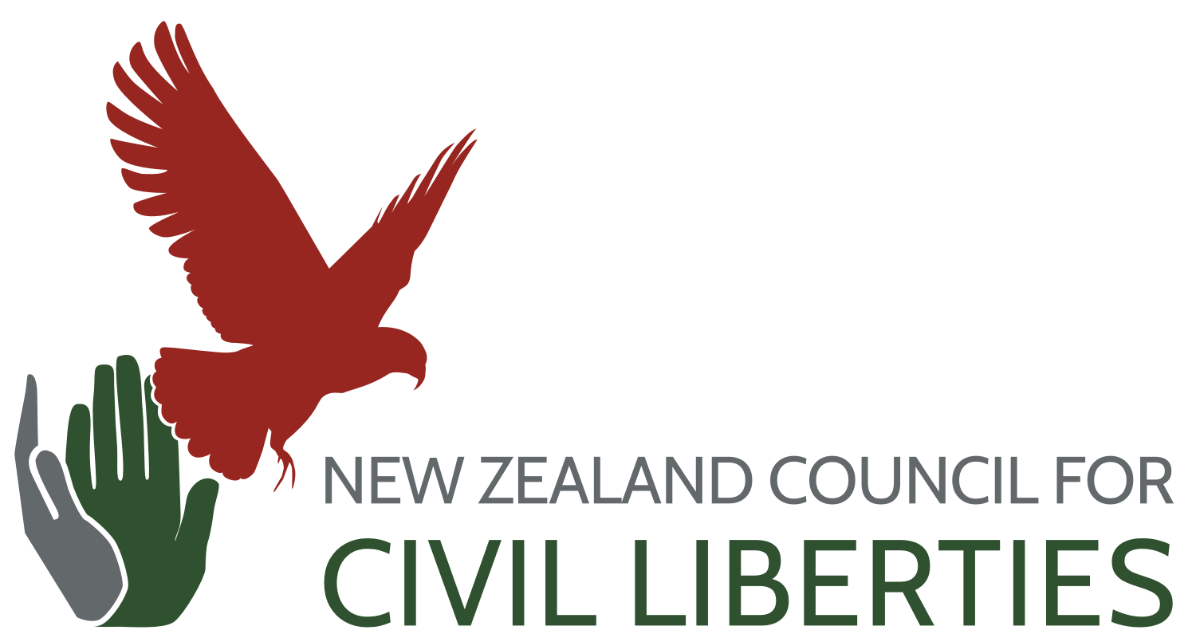Gang Patches in Whanganui
The NZ Council for Civil Liberties is gratified that the High Court has ruled that the law banning gang insignia from Whanganui was unlawful and invalid. The bylaw required an enabling act of parliament that was passed only through a deal with two ACT party members, and was passed without consideration of civil liberties or even of its legal implications. Not only that, but by making the law apply to large areas of Whanganui, including arterial roads not owned by the council, the Whanganui Council far exceeded the scope of the Act, which required that specified restricted areas only could be covered.
These were the grounds we identified in 2009.
1. Definitions
There are no clear guidelines as to how to determine what constitutes a “pattern of criminal activity” or “intimidation and harassment”. “Criminal activity” may include the occupation of Motua Gardens/Pakaitore, or other protest activity. It may be an assumption that criminal activity is being conducted, but without any proof of criminal activity through court convictions. Similarly with intimidation or harassment. Some people might view a black power member taking a child to school as intimidatory. Other people might regard a police officer as being intimidatory. There is no defence for gang members to argue that intimidation or harassment was not likely to take place.
2. Proper place of the criminal law
The proper role of the criminal law is to criminalise behaviour which harms people. Wearing gang insignia is not harmful in itself. If or when gangs or their members are involved in criminal behaviour they should be prosecuted. Prosecutions should be based on evidence of harm, rather than assumptions of intimidation or harassment.
3. Freedom of expression
NZCCL believes that a dangerous precedent is set if people are restricted in their ability to wear whatever clothes they like. This rule applies equally to women wearing trousers in the Sudan, or the burqa in New Zealand, as it does to people wearing gang insignia. This legislation regarding the wearing of gang insignia legalises a form of harassment by the Wanganui District Council and the police of people who are otherwise acting within the law, on the pretext that they show they belong to a named organisation.
4. The council’s definition of ‘specified places’
In the Bylaw the map of ‘specified places’ includes the entire urban area, as well as a number of halls, parks and reserves and other public places outside the urban area, as suggested by the police. It also includes State Highway 3 and other arterial routes. This broad specified area would seem to be in conflict with the Act, which states that the effect of the Act must not be that all the public places in the district are specified places. The Wanganui District Council map includes all the Whanganui urban area, even though Council press releases generally refer only to the CBD.
5. Freedom of passage
Because of the broad scope of the ban, it would seem to prevent freedom of passage on the open road. It permits police to stop and search vehicles in passage through Whanganui, on suspicion of their being gang members even where there is no question of intimidation or violence involved.
6. Potential for abuse
Because there are no clear guidelines as to who is or is not covered under the definitions of ‘gang’, ‘criminal activity’, ‘intimidation’ or ‘insignia’ it is entirely possible for the Wanganui District Council to extend the scope of the Bylaw to include protest groups or other organisations it wishes to suppress. Similar legislation has been used overseas to restrict the activities of environmental and human rights groups.
It is now time for the Whanganui Council to undertake proper dialogue and negotiation with the local gangs with a view to positive and cooperative solutions to the perceived problems. Perhaps the council could receive advice from the Mayor of Invercargill, Tim Shadbolt. In the 1960s Mr Shadbolt was still a student at Auckland University, yet he negotiated a truce between gangs in Auckland, when the confrontational approach of the police and the council had resulted in gang warfare.
NZCCL urges the Wanganui District Council to initiate dialogue with the different gangs in the city, with a view to obtaining from the gangs an agreement to refrain from intimidatory behaviour in public places. Such a dialogue may lead to a positive relationship with the gangs that may reduce crime and violence within the city.
